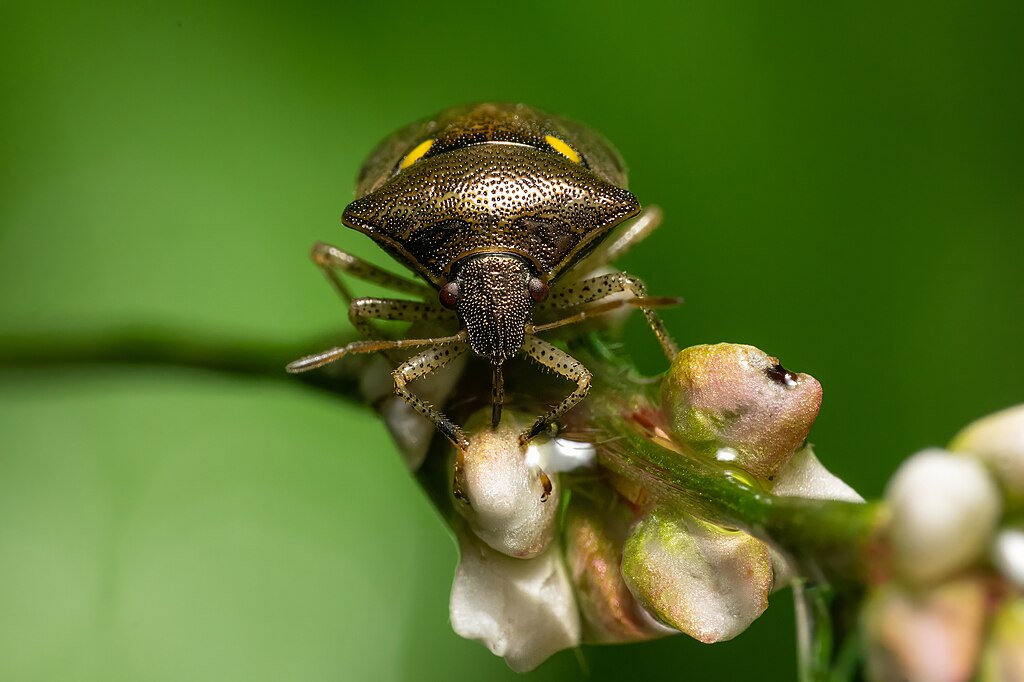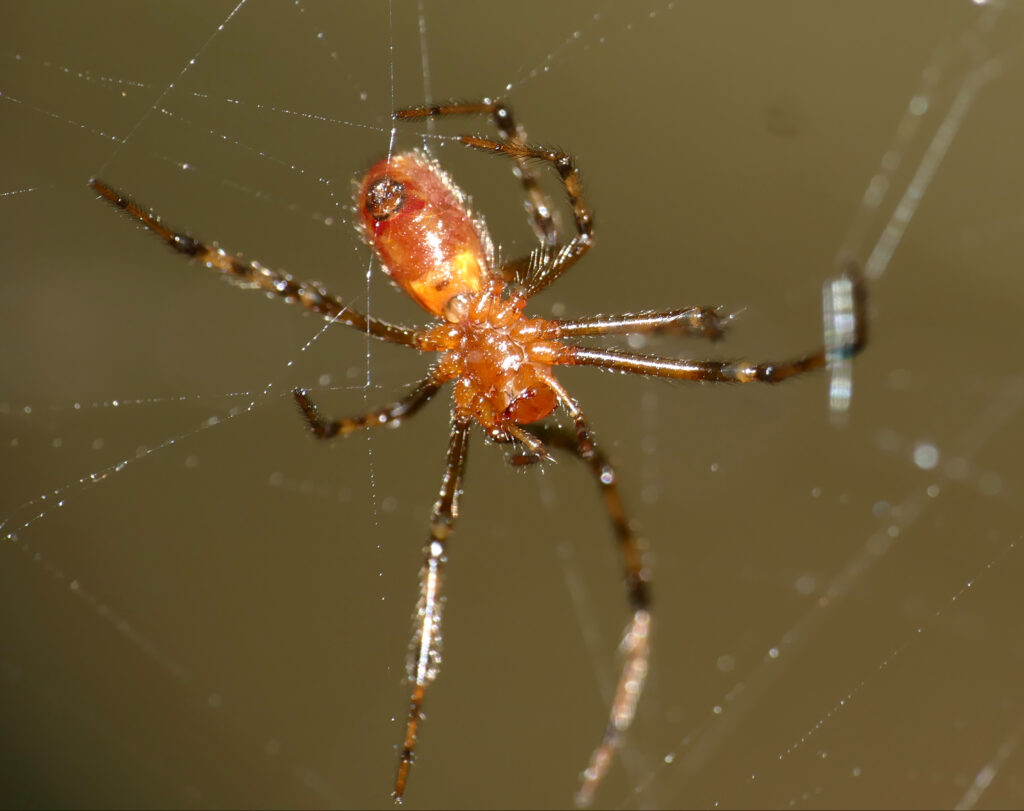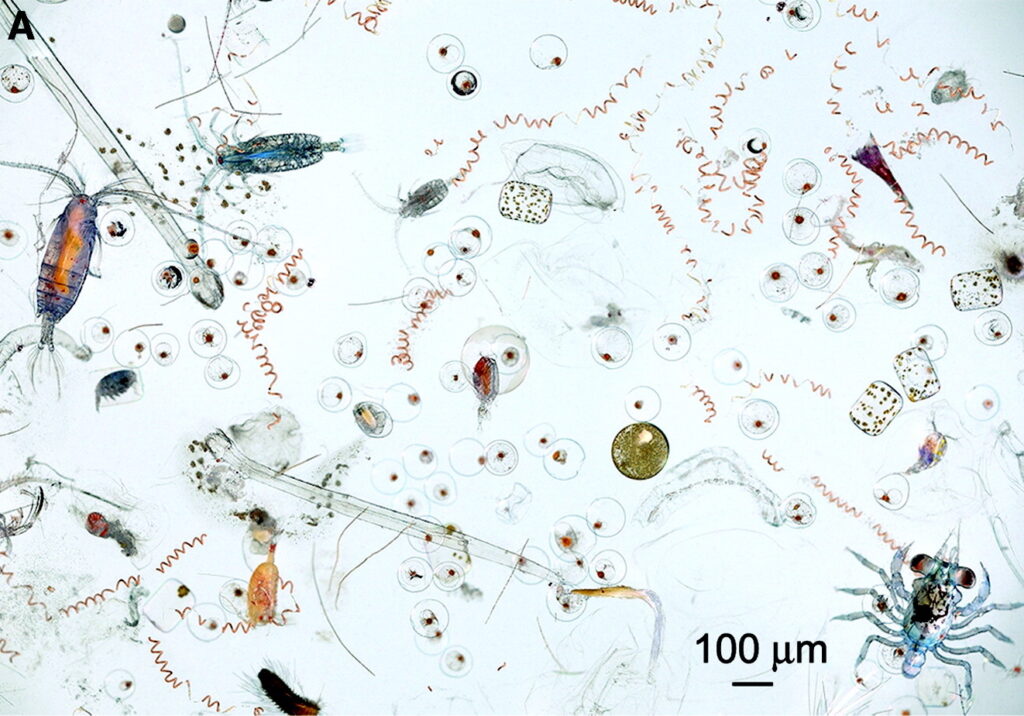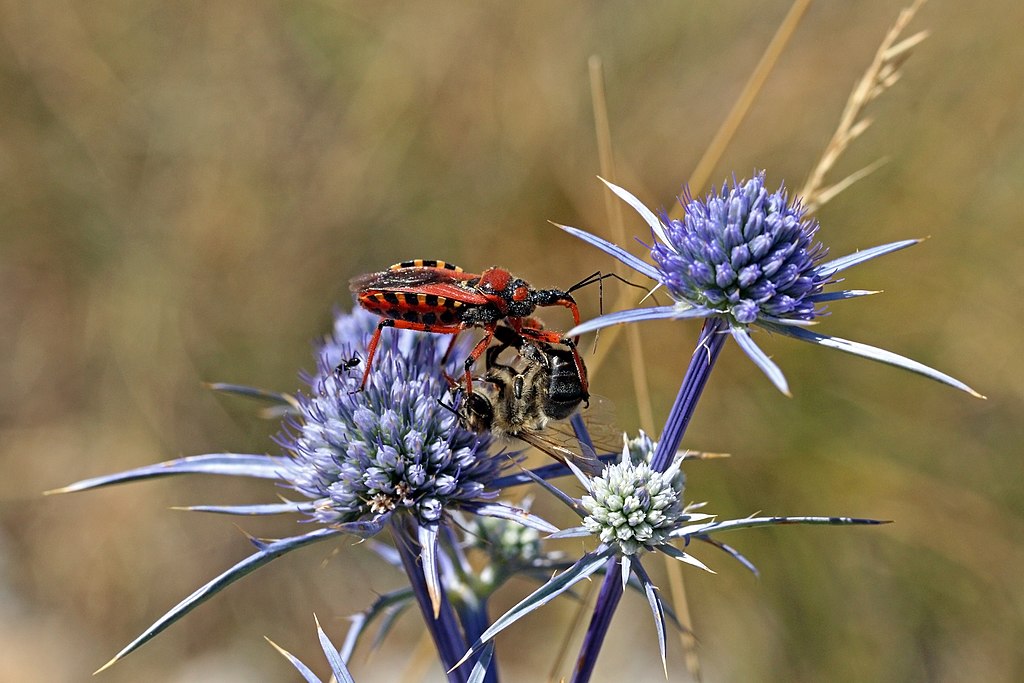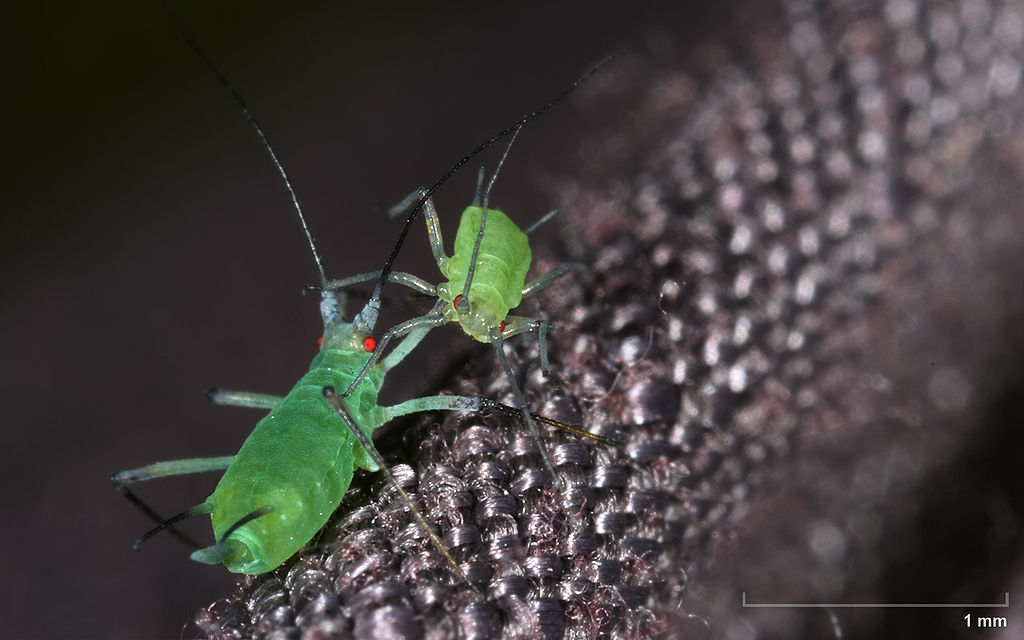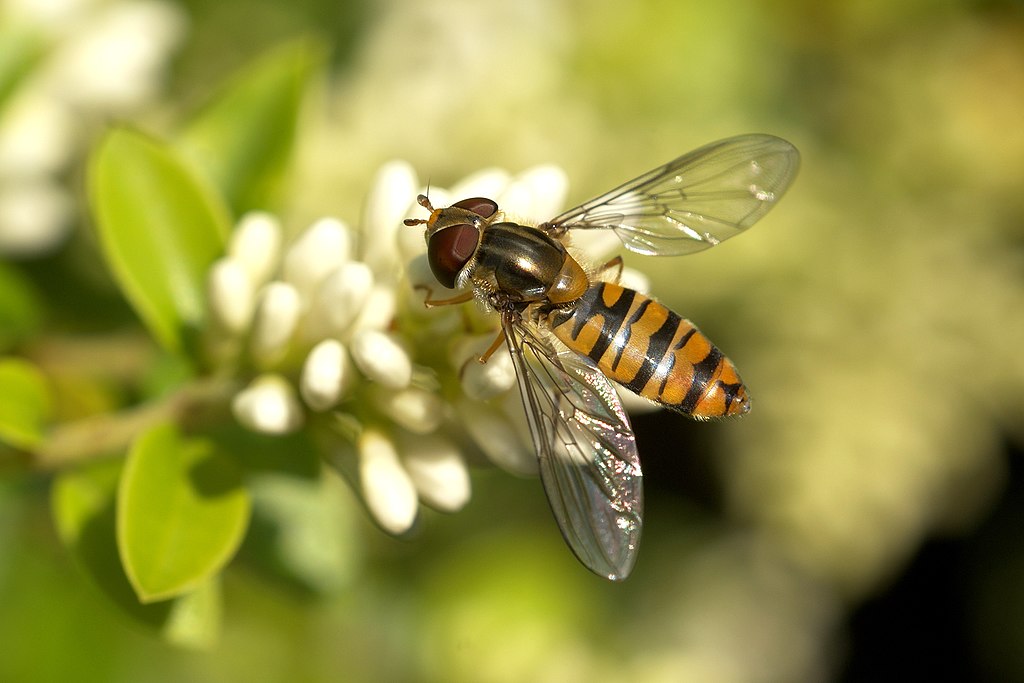Insect Aliens: Why Sci-Fi Loves to Give Bugs a Spaceship
When Hollywood needs to create the perfect alien menace, they don’t look to fluffy mammals or graceful birds for inspiration. Instead, they turn to the creatures that already seem otherworldly right here on Earth: insects. From the face-huggers in “Alien” to the towering bug warriors in “Starship Troopers,” science fiction has consistently transformed our six-legged ...


